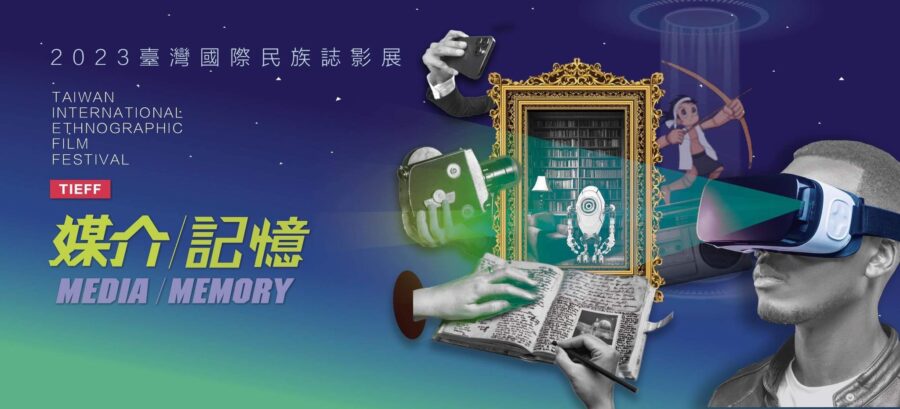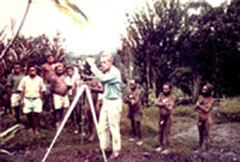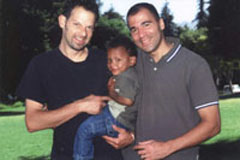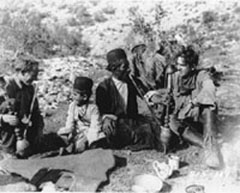Moana: A Romance of the Golden Age
Customs of Polynesian natives on a Samoan island, centered on the daily life and on the coming of age ceremony of the young man Moana. It reconstructs Polynesian culture before the coming of Western culture, though iron blades are used. Daily tasks like cooking, fishing, hunting and gathering are most of the picture.Mainly interesting for the material settings. Flaherty treats the Samoan life as almost that of a paradise – the only discomforts being wild boar and the pain of tattooing.
Flaherty’s follow-up to NANOOK OF THE NORTH is at once a realistic yet poetic look at life in the South Seas, focusing on a young Polynesian (Moana) and his family. Filmed over a two-year period on the island of Savai’i, in the Somoas. A classic, influential film (although not as highly regarded as his NANOOK or LOUISIANA STORY).



